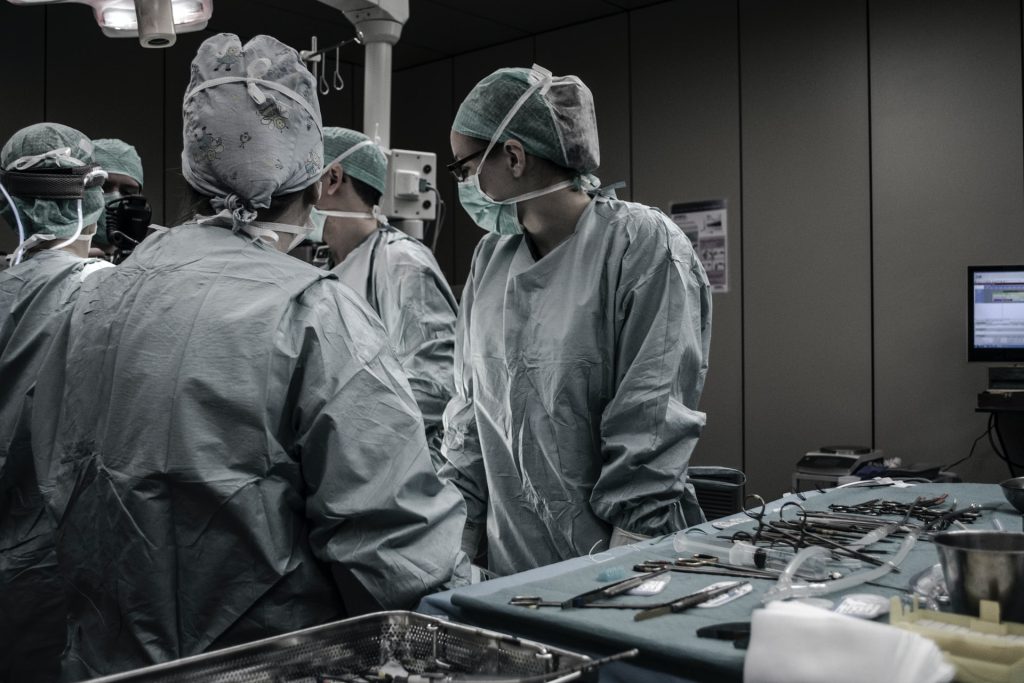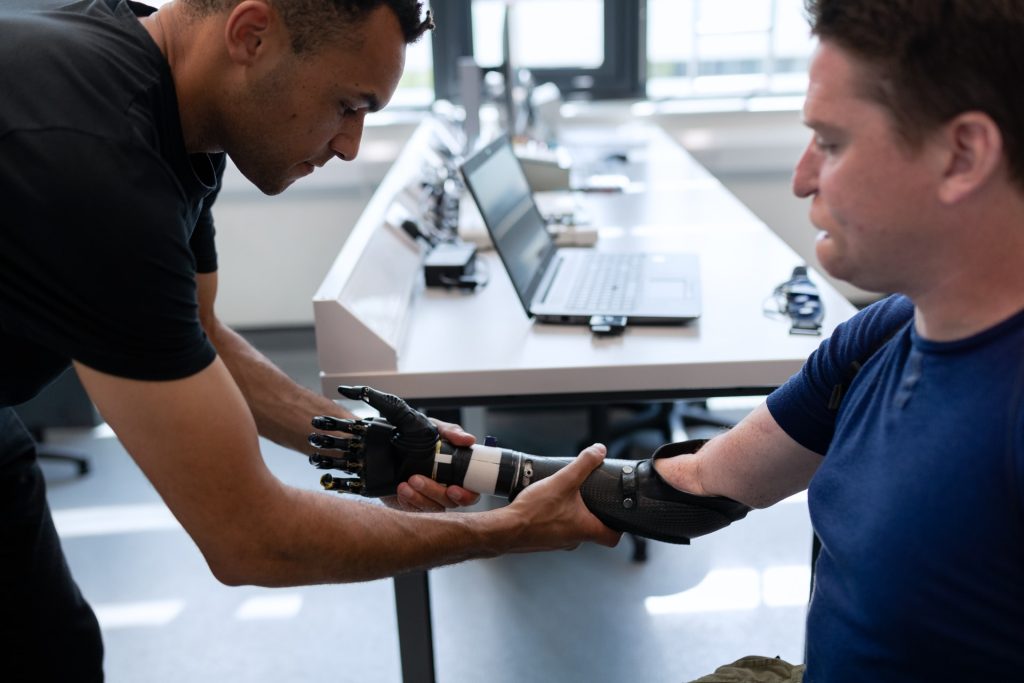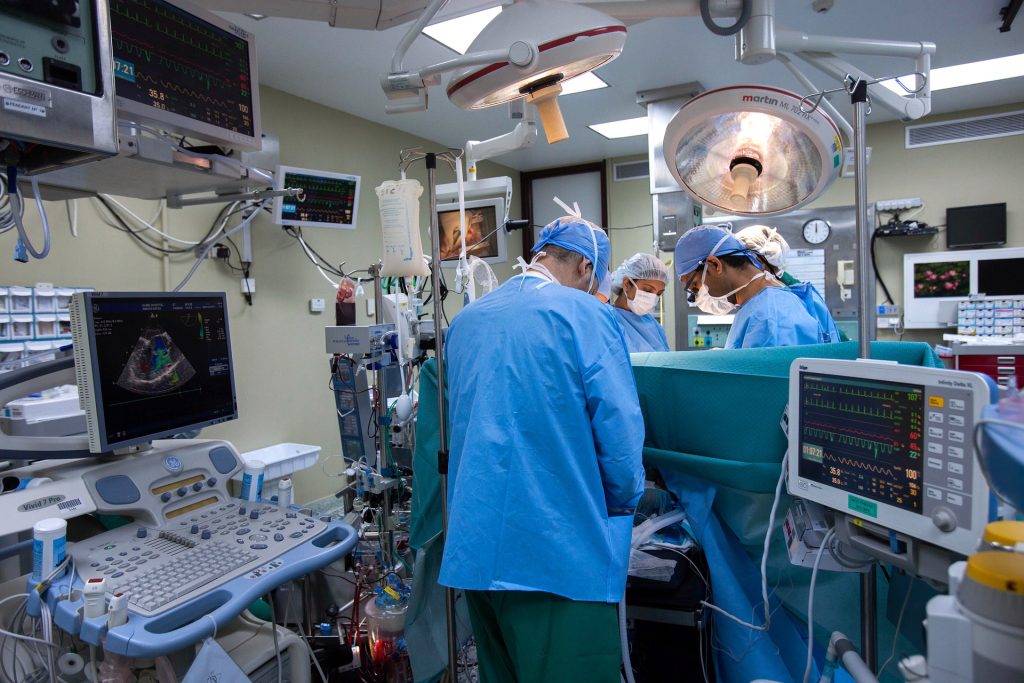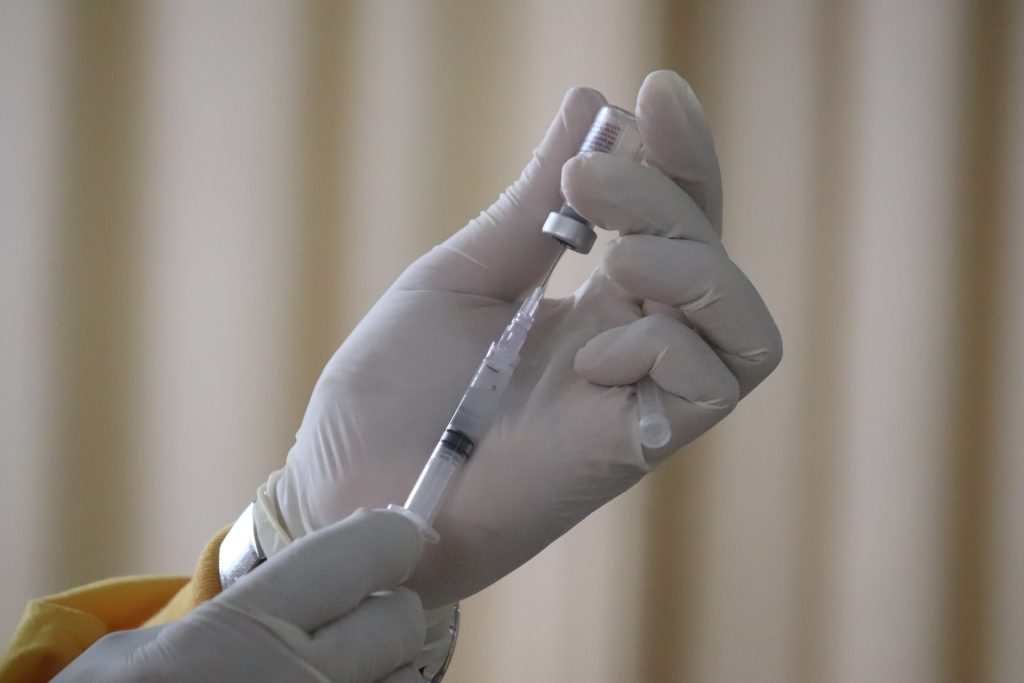New Biomarker for Soft Tissue Infections

Researchers have identified a new and very promising biomarker for bacterial soft tissue infections, which previously lacked one.
In bacterial soft tissue infections, rapid diagnosis is crucial in reducing the risk of severe injury or amputation. Vague symptoms and a varied patient presentations increase the risk of misdiagnosis.The study, by Researchers at Karolinska Institutet in Sweden and other research institutions, and published in the Journal of Clinical Investigation, may have implications for both diagnosis and treatment.
Last author Anna Norrby-Teglund, Professor, Department of Medicine, Karolinska Institutet, said: “There are currently no tools for safe, rapid diagnosis in life-threatening soft tissue infections. Our findings are consequently very interesting as the biomarkers identified are possible candidates for improved diagnostics. The results are also relevant for individualised treatment in the future.”
Necrotising soft tissue infections (NSTI) are bacterial infections which are characterised by rapid tissue degradation. Such infections, often caused by streptococci, while relatively uncommon, are extremely serious. In most cases they necessitate intensive care and can quickly become life-threatening.
Extensive surgery, intravenous antibiotics are often required to prevent the infection from spreading, and amputation may be required in extreme situations. Many patients also develop sepsis, which further complicates the course of the condition.
Early, correct diagnosis is crucial to save lives and avoid amputation, but this is complicated by factors such as vague symptoms including vomiting, fever and severe pain, as well as the heterogeneous group of patients. Despite recommendations for surgical evaluation in suspected NSTI, there is a considerable risk of misdiagnosis.
Currently, various laboratory tests, including white blood cell counts, are used as diagnostic tools, but suffer from low sensitivity. NSTI-specific biomarkers are therefore needed. The condition is classified into four types depending on the infecting organism.
Researchers at Karolinska Institutet, Haukeland University Hospital, Norway, and Copenhagen University Hospital, Denmark, have now been able to identify biomarkers specific to different patient groups with soft tissue infections.
Using machine learning, the researchers analysed 36 soluble factors in blood plasma from the 311 NSTI patients included in the international INFECT study. Control groups included patients with suspected NSTI and sepsis, respectively.
The analyses showed a new biomarker that accurately identifies patients with tissue necrosis.
“The new biomarker, thrombomodulin, proved to be superior to the laboratory parameters used clinically today. The analyses also identified biomarkers for patients with soft tissue infection caused by different types of bacteria, as well as patients who developed septic shock,” said first author Laura Palma Medina, researcher at the Department of Medicine, Karolinska Institutet (Huddinge).
Source: Karolinska Institutet
Journal information: Palma Medina, L.M., et al. (2021) Discriminatory plasma biomarkers predict specific clinical phenotypes of necrotizing soft-tissue infections. Journal of Clinical Investigation. doi.org/10.1172/JCI149523.










